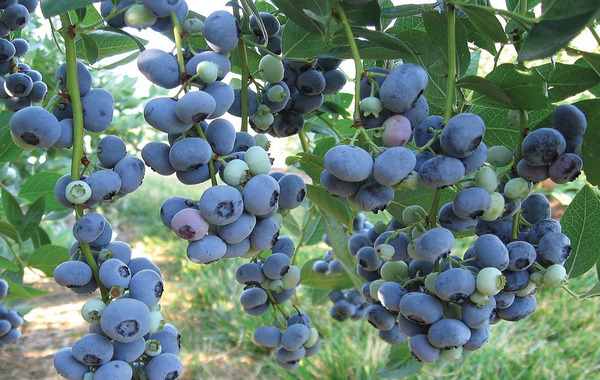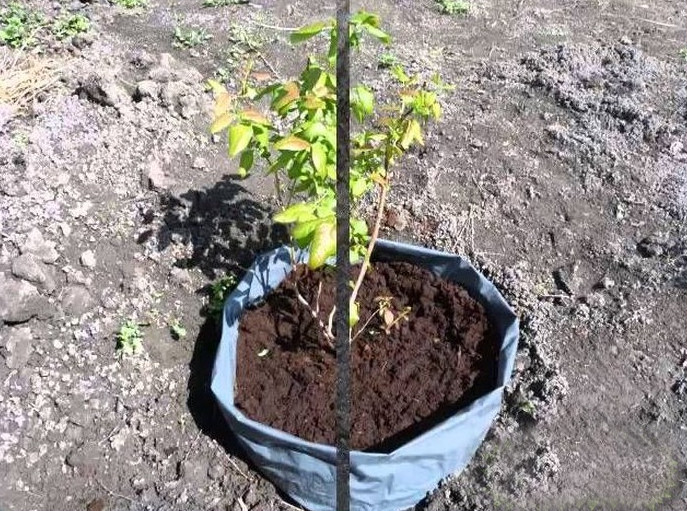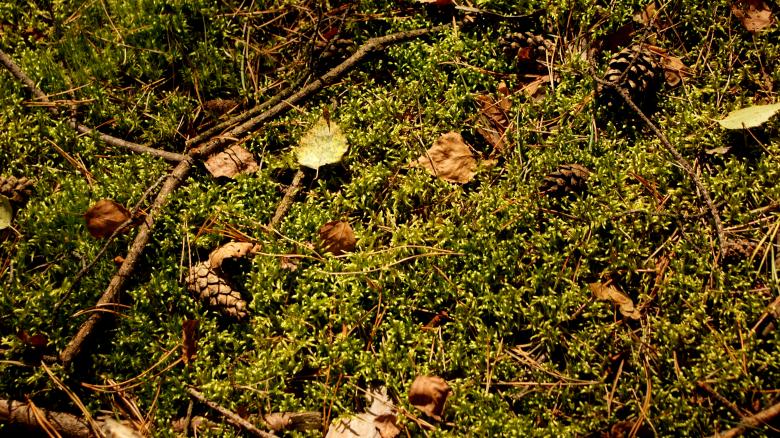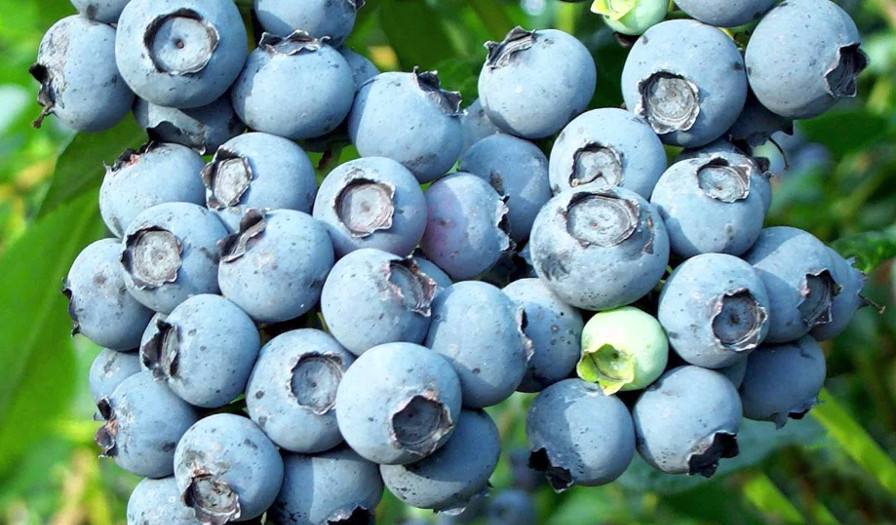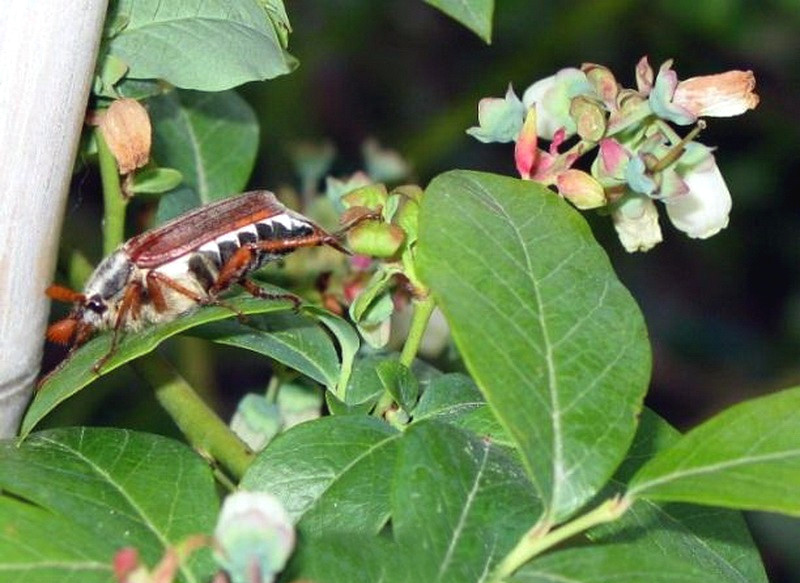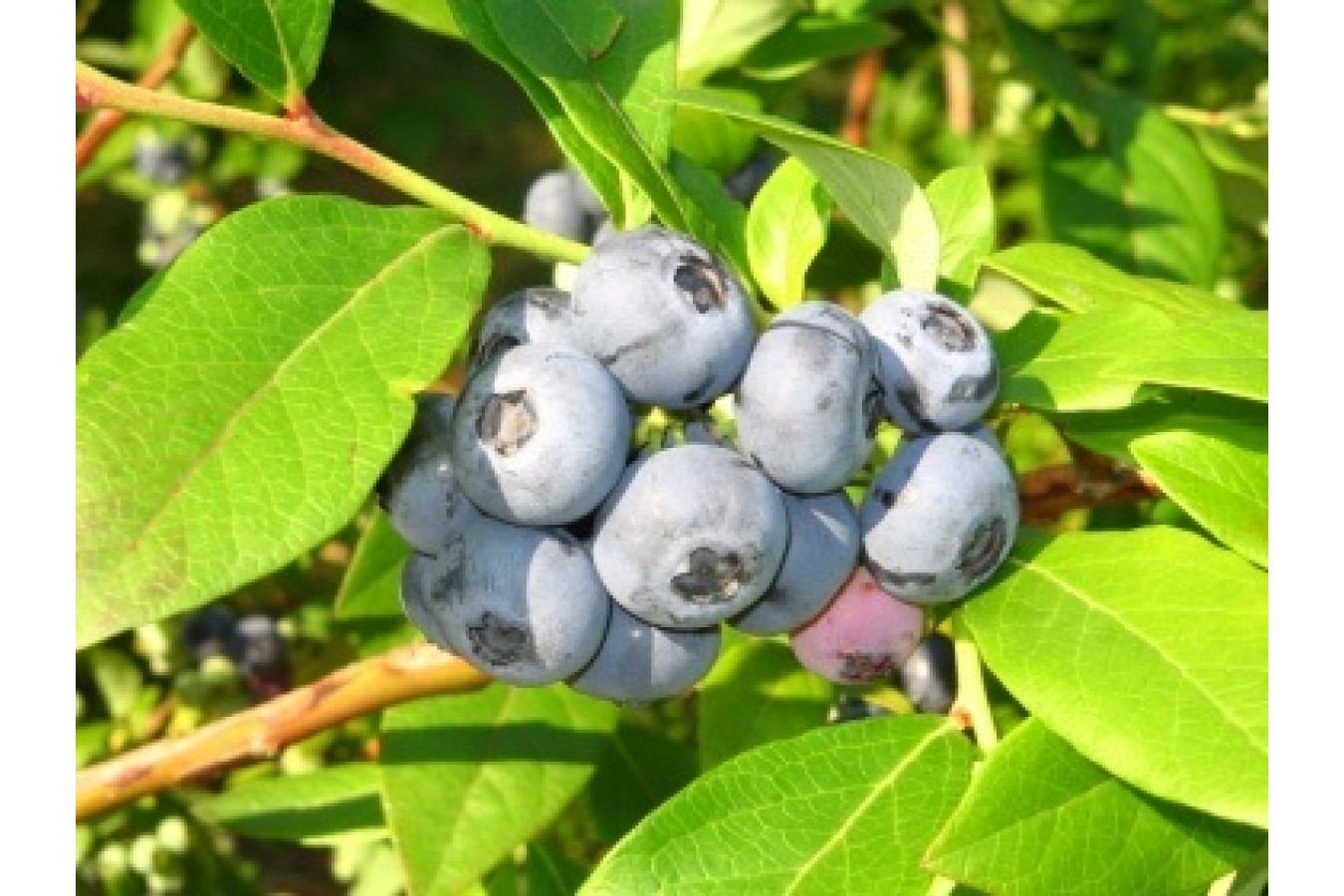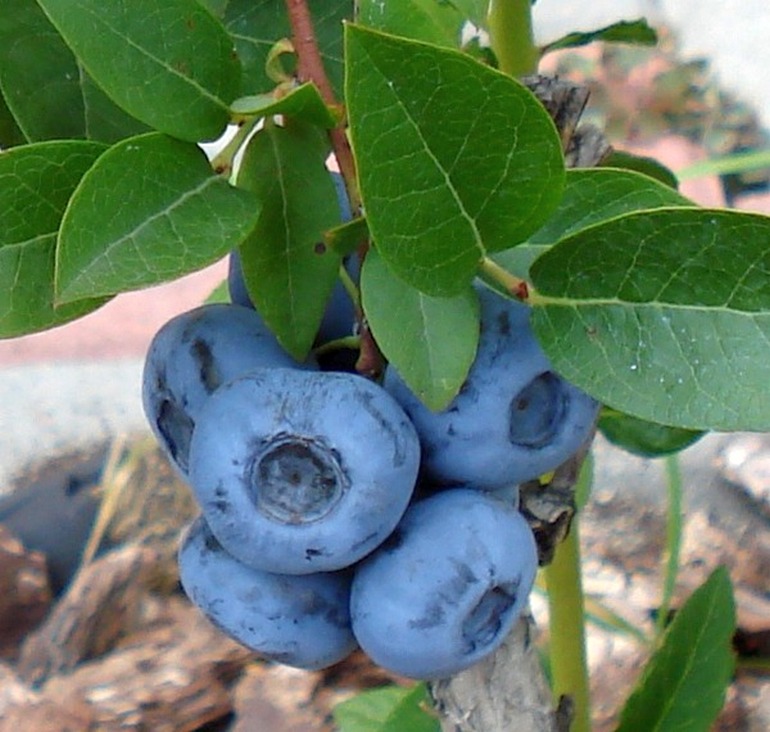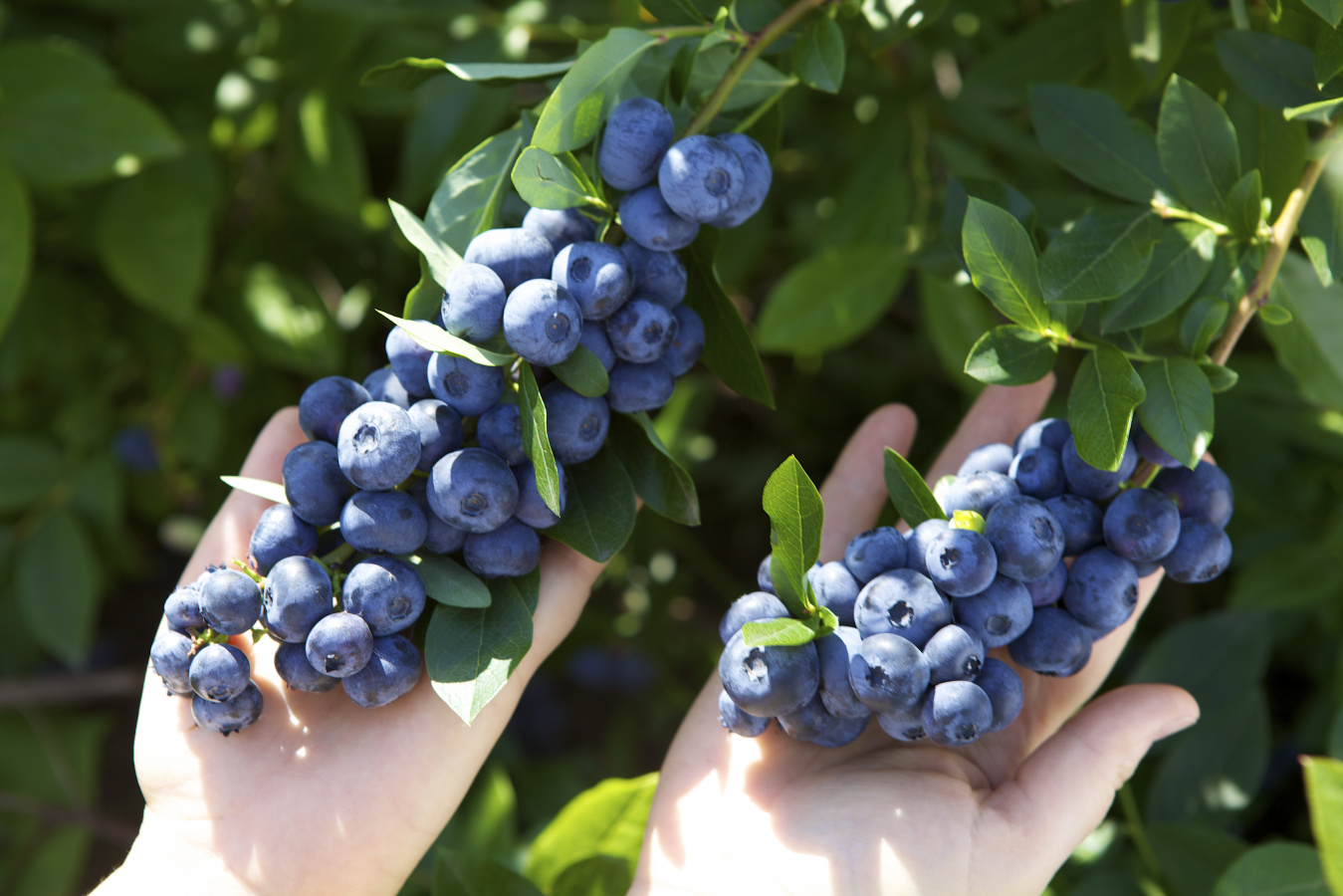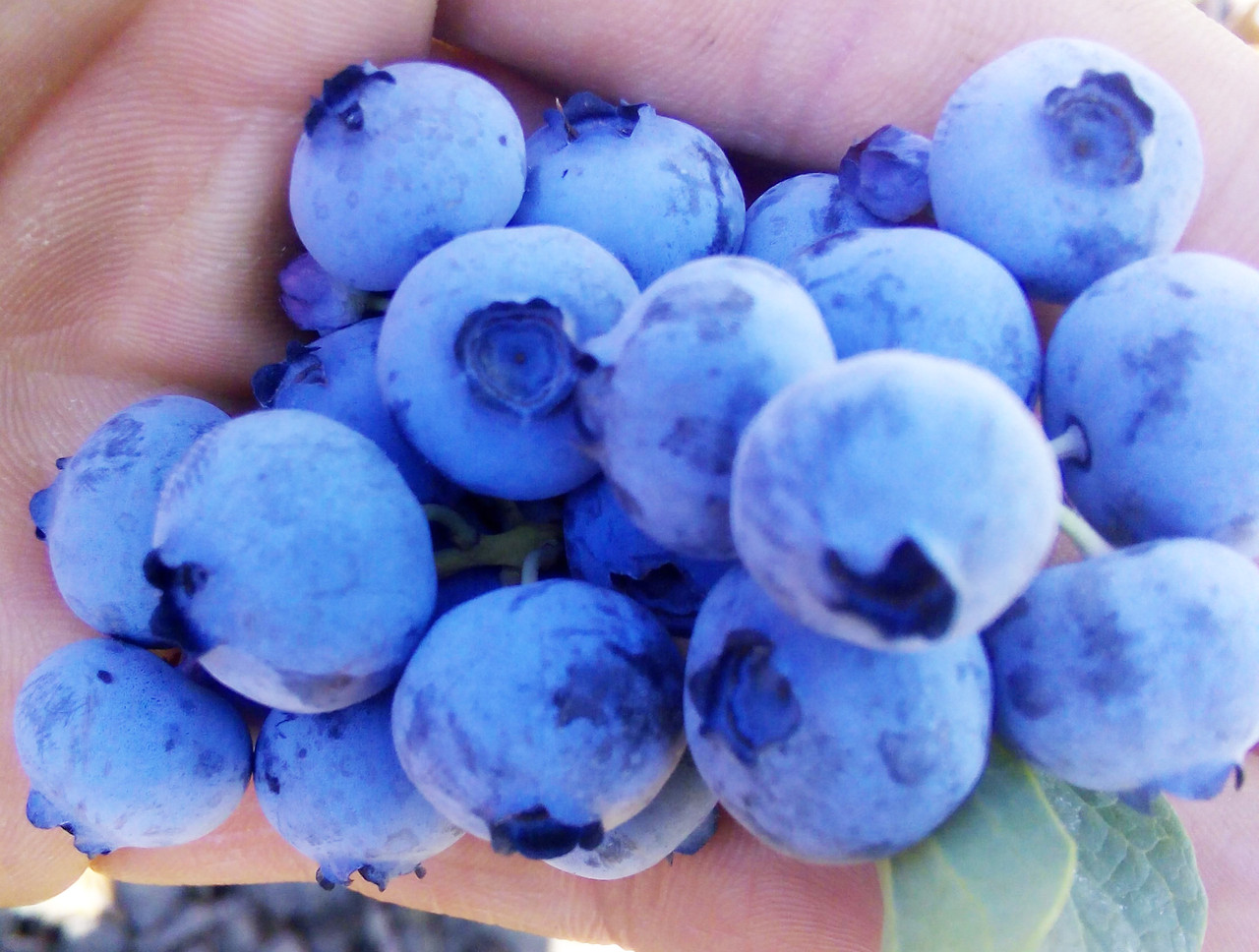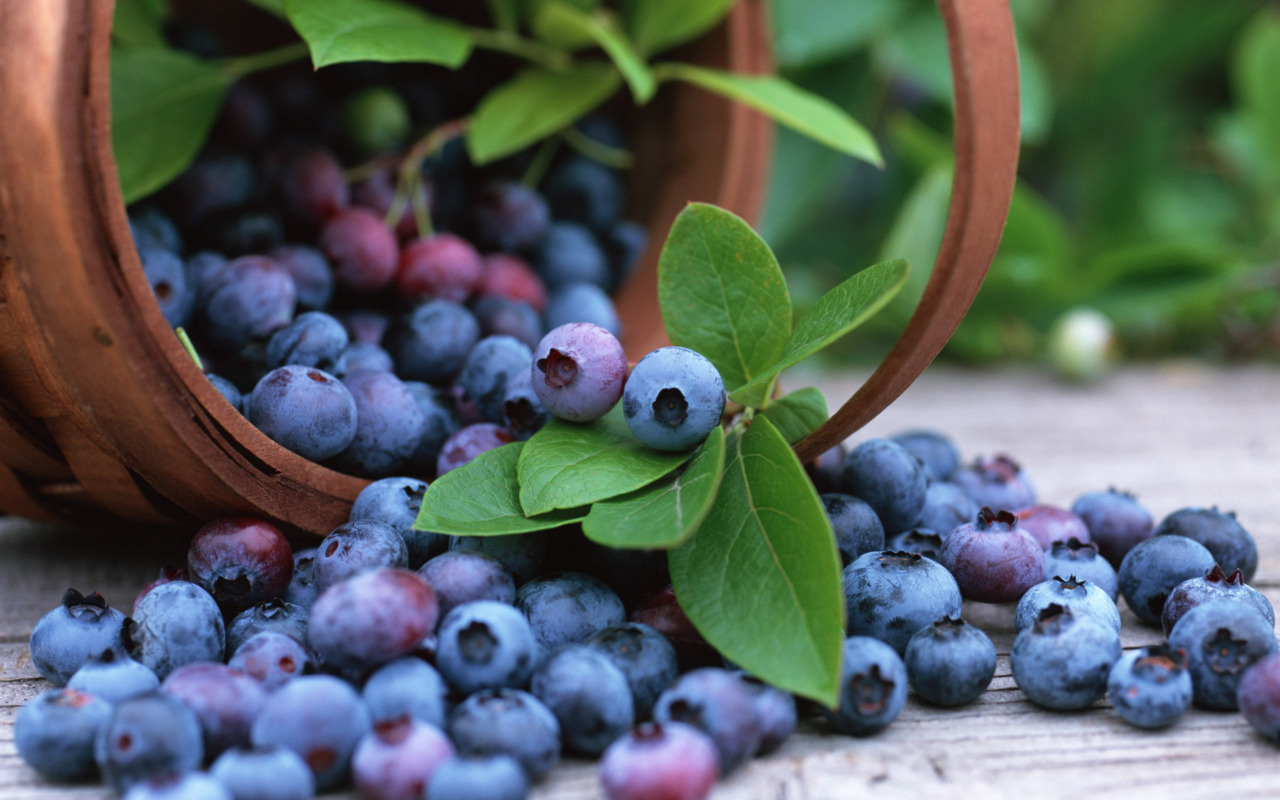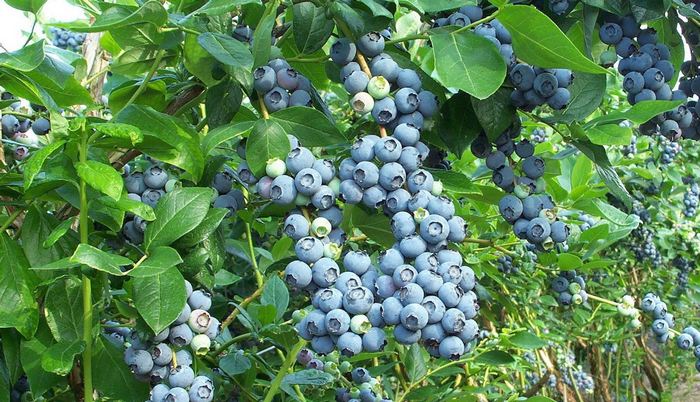Content:
The blueberry bush lives for hundreds of years. Professional gardeners call it the plant of the future. In addition to the high usefulness of the fruit, the plant itself is very decorative throughout the season.
The history of the creation of the variety
It is known that originally blueberry was a wild-growing shrub. North American breeders bred a new garden variety Liberty in 1997 and patented it most recently in 2004. The resulting specimen came from a cross between two varieties: Brigita Blue and Elliot. This tall variety of the heather family has become popular for its high yield and ease of care.
Description and characteristics
The tall blueberry Liberty reaches 1.5 meters in height and spreads in width by 1.2 meters. Self-pollinating, but in the presence of other varieties, with the possibility of cross-pollination, it bears fruit even better. The berries grow in a bunch, with dense fragrant pulp, slightly flattened, blue-violet in color. Size - medium to large. The variety is late-ripening - ripens by the end of August. Frost resistance - up to -25 ° С. A versatile variety suitable for freezing and canning. Well tolerates long-term storage and transportation.
Landing
Planting and caring for high Liberty blueberries does not differ from the general rules for planting this type of blueberry. The landing site should be as illuminated as possible and must be protected from cold winds by shrubs or hedges. In large areas, blueberries are planted with plantations, but they can also grow as a separate bush in a large container, care in both cases will consist in choosing the right soil, watering and feeding. It is most favorable to use organic farming when growing blueberries, because chlorine is present in many chemicals, and it is contraindicated in bushes.
Attention! Organic farming is the cultivation of a strong and healthy plant without the use of mineral and chemical fertilizers. Such fertilizers increase the yield, but weaken the bush and impoverish the soil. Over time, the soil, when inorganic fertilizers are applied, ceases to be naturally processed and renewed. Plants on such land lose their immunity and are more susceptible to disease.
It is better to prepare the soil for planting blueberries in advance, the plant does not like its predecessors and categorically does not tolerate transplanting adult bushes. It is most favorable to plant on a rested soil on which green manures were sown before. Green fertilizers should be chosen based on the region and type of soil. Put cut green manure plants into the ground at the place of their growth. Thus, it is possible to cure and enrich the soil into which mineral fertilizers were previously applied.
For planting, you need to choose 2-3 year old seedlings with a closed root system, sold in pots or other suitable containers. The lump should be easy to remove, and the roots should be evenly distributed over it. Such a seedling cannot be immediately transferred to the ground. The earthen lump must first be soaked in water for several hours and then gutted so that the roots are straightened in different directions. If this is neglected, the roots themselves will not break through and will not be able to grow. The bush should be planted in the hole as soon as it is prepared.If you dig a hole, and plant a seedling after a while, then the pest of the root system of the plant, the May beetle, will have time to deposit larvae in it, which can destroy the bush in 3-5 days.
Landing is possible in spring and autumn. Spring planting is preferable - during the warm period, the plant will have time to get stronger, and the risk of freezing of a young shrub in its first winter will decrease.
Chernozem is contraindicated for garden blueberries Liberty - it does not grow on it. The plant needs acidic soil - this is its native land from which it originated. You can find out what type of soil is on the site with a special device - a soil acidity meter. The necessary character of the soil is given by the natural substrate - pine litter. In the coniferous undergrowth, there are practically no herbaceous plants, which gives the required soil acidity - pH = 4.5-5.5. These are needles, small twigs, cones. Gray peat, rotted over the years, moss can be bought or harvested in the forest, taking care of the environment. The planting mix should also contain sand. Blueberries will not grow on unsuitable soil for years and will eventually dry out.
The blueberry root system is horse. To prevent the roots from drying out, mulching is required.
Important! Mulching is about protecting the soil, maintaining moisture and acidity in it, creating a breeding ground and preventing weeds. Coniferous waste is a natural fungicide: it disinfects, allows air to pass through. Ideal for growing and treating blueberries.
Planting stages:
- dig a planting hole with a diameter of about 1 meter and 30-40 cm deep;
- pour black peat and rotted sawdust, mix, cover with high moor peat, spill water;
- straighten the roots of the prepared seedling, plant and deepen the plant by 5 cm;
- cover with sour peat, press the soil around, mulch with coniferous litter, lay straw around and pour water on top of the crown and around the bush.
Cultivation rules of the variety
Blueberry harvest is influenced by sun and water. When growing it, it is important not to allow the soil to dry out, especially during the ripening period of the berries, as well as when the flower buds are being laid, forming the next year's harvest. Water at the site of planting bushes should not stagnate. Watering is optimal 2 times a week, 10-15 liters for each bush.
In the places where blueberries are grown, other plants, even similar in appearance, for example, cranberries, should not grow. The neighborhood will oppress the blueberry bush. Weeds should also not be present, not a single root.
On a note. Blueberry high Liberty does not tolerate organic fertilizers such as manure and chicken droppings.
Pruning from thickening dry branches of a bush over 5 years old is done in the spring. In young plants, only the thinnest branches that are near the ground are cut out, and last year's annual shoots emerging from the ground.
Interesting. Blueberry cultivation is characterized by the absence of a single recipe for obtaining a good yield characteristic. Subject to all the rules, Liberty blueberries grow in their own way for different gardeners.
Diseases and pests
Liberty varietal bush bred by breeders with disease resistance. Gardeners are convinced that organic farming can balance the ecosystem, and a strong plant that is well cared for will only delight its owner. If the bush is withering, the reason must be sought in violation of the planting features. For example, if the seedlings are more than one year old, then the reddening of the leaves indicates a lack of nutrients. It will be good to feed with herbal infusion, add vermicompost around the bush and a handful of sulfur.
Note! Vermicompost is a natural organic fertilizer, biohumus, a product of the vital activity of earthworms. Possesses high microbiological and enzymatic activity. Contains nutrients in a form available to plants.
The dangers still remain, both for the crown and for the roots. From above, the crop can be damaged by birds.To avoid this, the bushes are covered with a mesh with a fine mesh.
Large root pests are the beetle larvae. They live in the soil for 4 years and during this time they cause great damage, they can destroy a young plant. The larvae are selected manually.
Advantages and disadvantages
Planting and caring for blueberries is different from traditional horticultural crops. With an understanding of agricultural technology and thanks to the development of unpretentious varieties, cultivation will not cause much trouble. The only disadvantage of the variety is its late ripening, which is not quite suitable for some regions.
If until recently a wild berry could only be found in the forest, now even an amateur gardener can grow vitamin fruits on his site, given the description of Liberty blueberries, the peculiarities of its planting and care.
